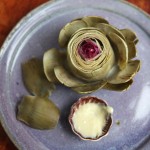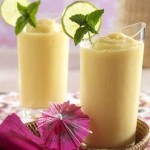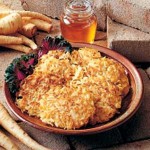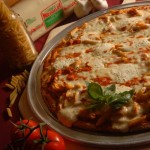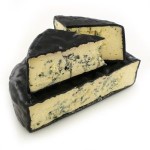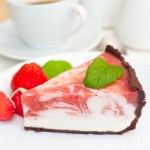Kinds Of Bread Mold
Ever purchased a loaf of freshly-baked bread, hid it in your kitchen cupboard and forgot about it the next couple of days, to eventually discover dark, musty patches growing all over it? That’s mold, and there are different kinds of bread mold that all look nasty, smell funky, and render bread inconsumable as soon as it appears on the surface.
A mold is a living organism that belongs to a diverse family of fungi. Like other fungi, it cannot be immediately detected on its own and only becomes visible to the human eye once it latches on to food in small colonies, or groups. Bread contains one of the easiest compositions for mold to thrive in. There are different kinds of bread mold. However, this microorganism also grows on other types of food, signifying spoilage that may cause an upset stomach and other types of illnesses once ingested. While mold is generally considered toxic and hazardous to one’s health, it can be controlled and cultured, and can even be beneficial in the production of some food items.
Penicillum
While you may have heard of Penicillum as a valuable anti-bacterial microorganism that helps in the treatment of infection, this kind of bread mold is in no way beneficial once it starts growing on a piece of bread. It is known to be the most abundant source of mold, with over a hundred and fifty identified species. It also flourishes well in cold temperatures, rendering refrigerated bread vulnerable to its production.
Penicillum can be discerned through its fuzzy texture and color. Once you find blue-green patches with grayish borders sprouting on your bread, it’s time to throw that out. While it’s common for penicillum to grow on loaves, it can also easily reproduce in most fruits.
Neurospora crassa
Neurospora can easily be identified through its carotenoid pigmentation

